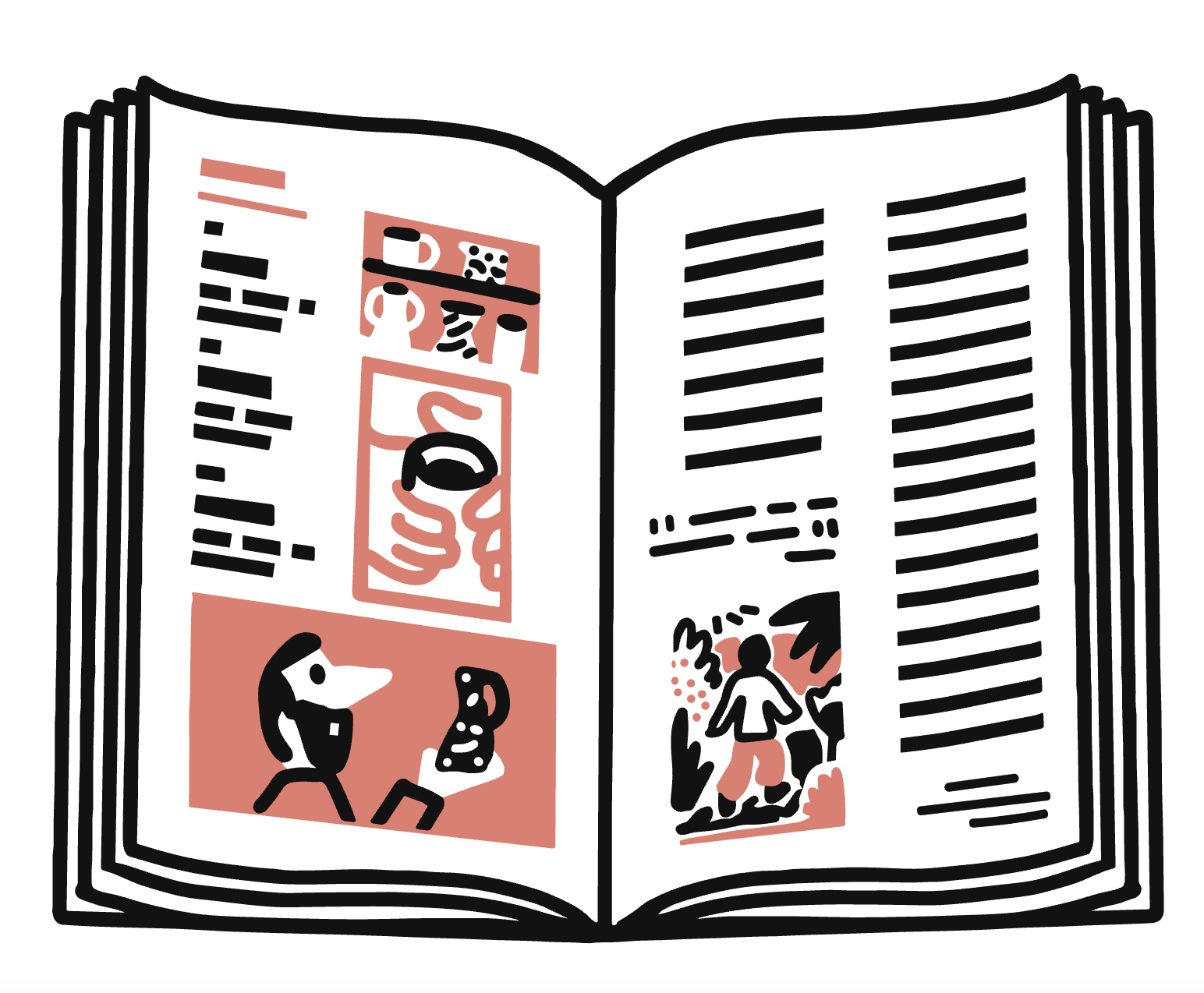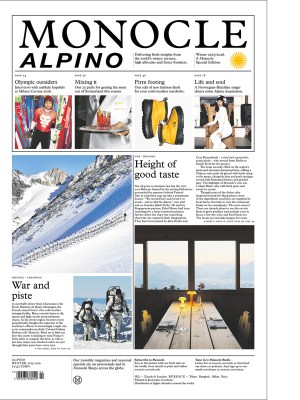The entrepreneurial trailblazers revitalising Guadalajara’s art scene
The western Mexican city is back on the world’s creative map thanks to these go-getters.
José Noé Suro isn’t one to rest on his laurels. The lawyer-turned-arts entrepreneur is responsible for almost single-handedly transforming Guadalajara, Mexico’s second city, into an international arts hub – but he isn’t finished yet. Last year, Suro and collector Nidia Elorriaga opened Plataforma, a beautifully restored art space in Guadalajara’s Colonia Americana district that transcends the building’s gloomy origins as a funeral home. The project was conceived as a launchpad for emerging talent, with the gallery dedicating an entire floor to residency studios for new talent. “It’s my gift to the city,” says Suro.

On paper, the capital of Jalisco state has long had all of the ingredients for artistic success. It is graced with a wealth of beautiful modernist buildings, the legacy of architect Luis Barragán, who was born here; rents are more affordable than in the capital with ample studio space available; and the landscape has an abundance of natural materials including clay, wood and agave. A manufacturing hub for electronics and technology, Guadalajara has developed a small but dedicated local collector base. It wasn’t until Suro took an interest, however, that the scene took shape.
An art lover with a sizeable private collection, Suro joined his family ceramics business, Cerámica Suro, in 1993. The firm, whose history dates back more than 70 years, found a second wind under his stewardship, ramping up its production facilities to create dinnerware for hotels, as well as kitting out restaurants by Mexican super-chef Enrique Olvera and Noma’s René Redzepi in Copenhagen. Meanwhile, commissions for tiles have come from as far afield as French brand Hermès and the Guggenheim Museum in New York. A household name in his native city, Suro was resolute that Cerámica Suro needed to be more than just profitable it would serve as a catalyst for a broader arts ecosystem too.
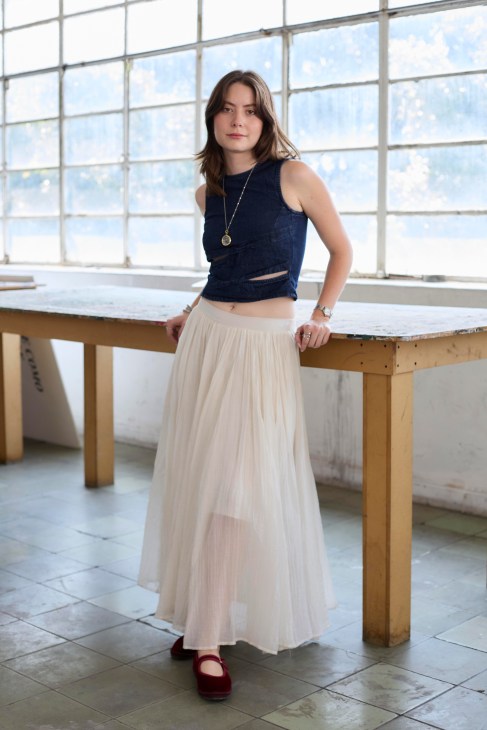
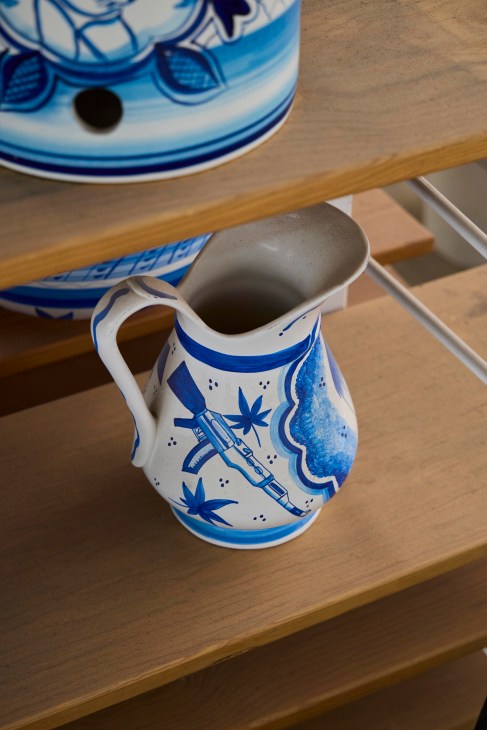
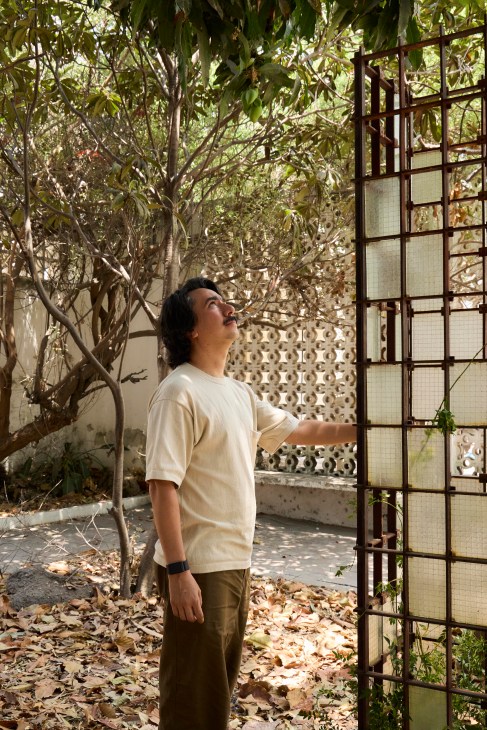
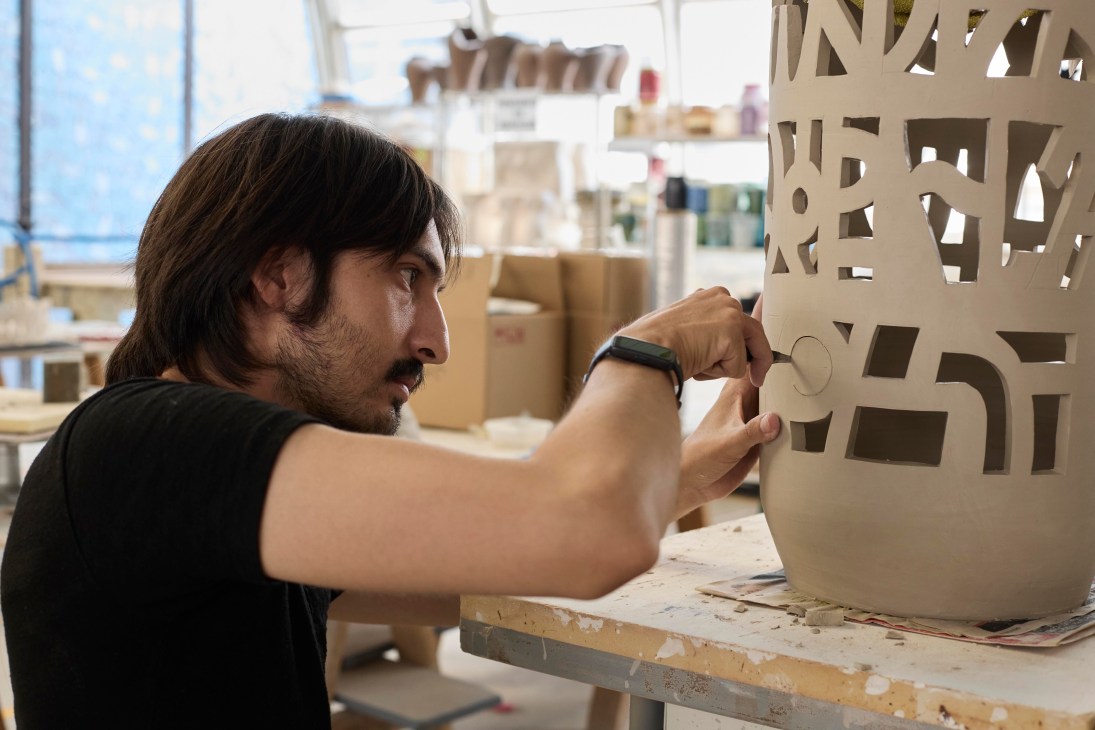
“People don’t come to Guadalajara to see a Tracey Emin show,” he says, guiding monocle around the airy modernist premises of Plataforma. “They come to see art made here.” Funded by the largest pharmaceutical company in Latin America, the space is proof that Suro’s dedication to promoting domestic art over the past three decades is coming to fruition.
Other local entrepreneurs are capitalising on the attention Suro has brought to Guadalajara. Apto Galería, which opened in 2023, is housed in a former textiles factory in one of the city’s oldest neighbourhoods.
“Nurturing long-term relationships with artists, collectors, institutions and the public is as important for the lifespan of our gallery as funding,” says co-founder, Florencia Pardo. “We collaborate with artists who might not yet have gallery representation.”
Apto Galería aims to make Mexican contemporary art more visible internationally, while helping it to remain rooted in the identity of its home country. It has so far worked with more than 50 multidisciplinary artists, both Mexican and international, who have offered interpretations of Guadalajara through painting, sculpture and drawing.

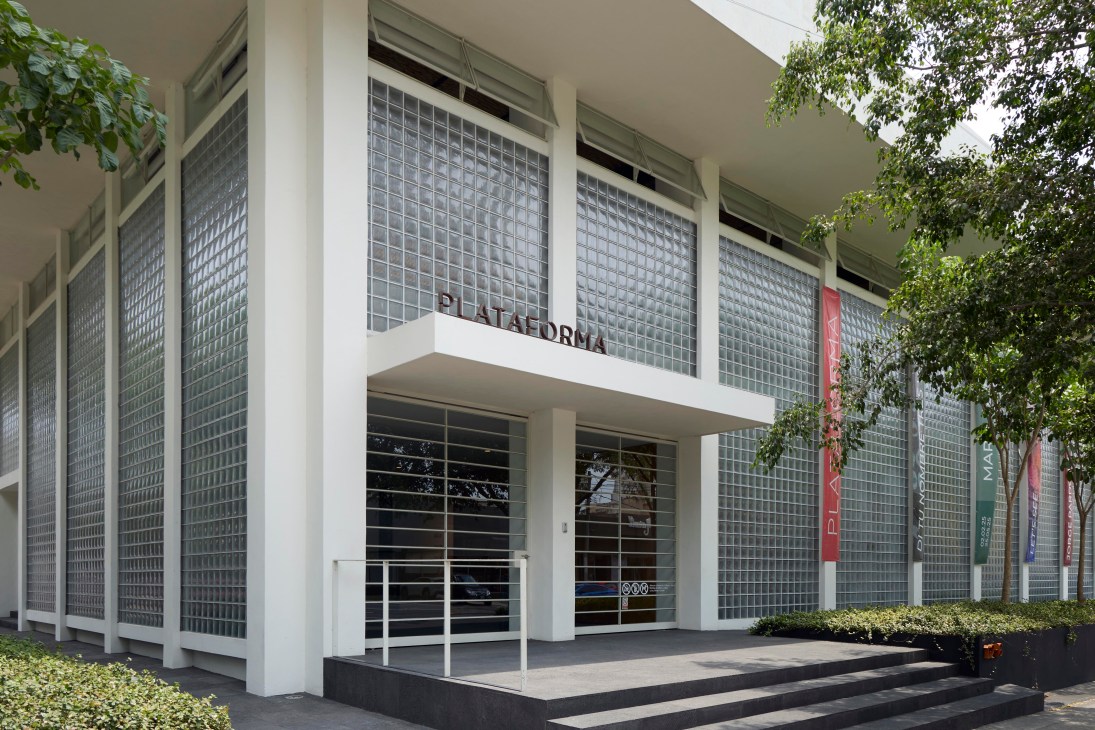
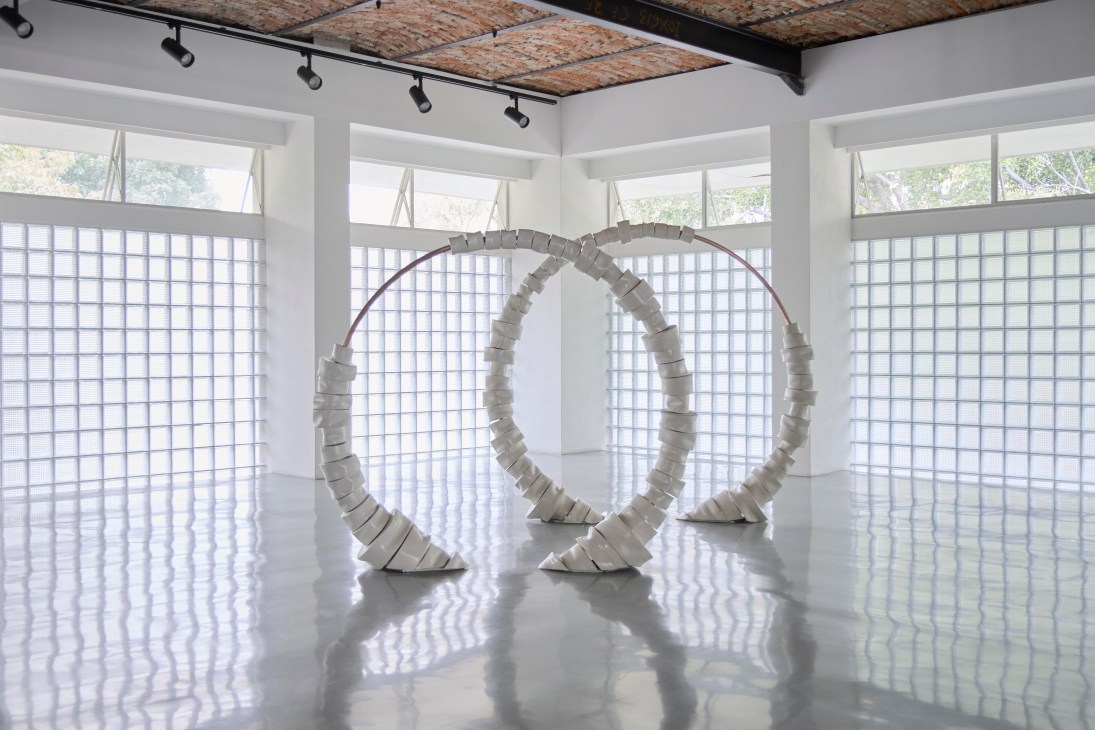
Independent arts space Espacio Cabeza and Guadalajara 90210 – which presents work in unlikely locations, from rooftops to construction sites – are invested in making the city a vital node on the international art map. “There’s no point waiting for public institutions to step in,” says Marco Valtierra, Espacio Cabeza’s artistic director, as he gives Monocle a tour of the space, a former 1930s residence, where their Lo Visible show included a room filled with smoke and flickering light bulbs. “We’re interested in breaking with convention. It’s easier to experiment with perceptions of what art is in Guadalajara because the stakes are lower,” says Valtierra.
From the outset, Suro was intent on nurturing artistic talent in the city and has hosted a residency programme in the premises of Cerámica Suro for the past 25 years. It has supported more than 600 artists specialising in ceramics, metalwork and glasswork. (Alumni include Canadian Marcel Dzama, Cuban-American sculptor Jorge Pardo and US painter Jeffrey Gibson.) Cerámica Suro generously sponsors them, providing them with materials and a space in which to work.
“In the late 19th and early 20th centuries, artists left this city as soon as they could,” says Suro. “Now they see it as a strategic advantage to return.” The enterprise is mutually beneficial. When alumni return home, they take Suro’s name – and brand Guadalajara – with them overseas.
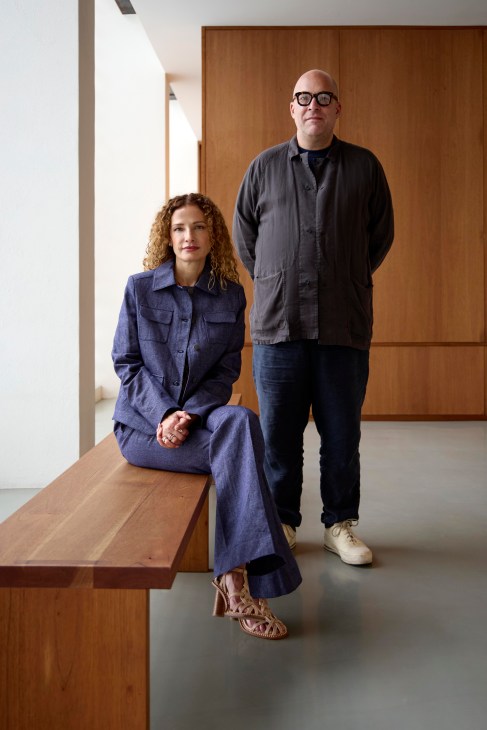
To retain visiting international talent, Suro, with his artist friends, established Premaco art fair (now known as GDL Art WKND) in 2019. It is positioned as the warm-up act to Zonamaco, Latin America’s leading contemporary art fair, held in Mexico City (CDMX) since 2002. Suro’s factory – and latterly Plataforma – opens for four days a year when international artists and buyers are already in the region, maximising spending potential.
Guadalajara is proof that persistence and entrepreneurship can create a scene from scratch. It’s also a case study for ambitious stakeholders wanting to test a new market. Following Suro’s advice, Madrid-based gallerists Silvia Ortiz and Inés López-Quesada of commercial space Travesía Cuatro opened a contemporary-art outpost in Guadalajara in 2013, then another in CDMX six years later. Suro also persuaded a friend to lease the Arabic-style 1929 Casa Franco to Travesía Cuatro, giving it a Guadalajara landmark from which to operate. “Because of Suro, art is no longer centralised in Mexico’s capital,” says Ortiz, who regularly travels to Art Basel, Frieze Seoul and Arco Lisboa to discover new work and bring it back to Guadalajara.
No longer a creative underdog, the city’s art scene has quietly proved itself as distinct from that of CDMX. At its core, Guadalajara has a dogged entrepreneurial spirit and a cadre of artists and galleries supported by collections, fairs, collaborations and commissions.
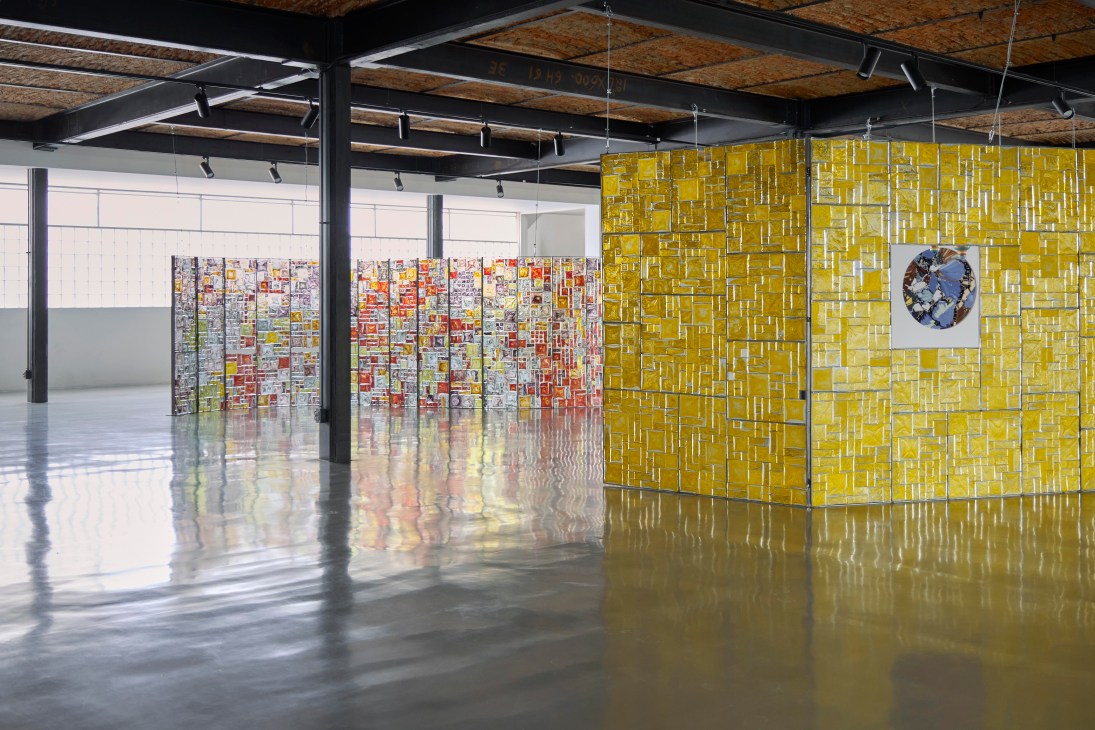
City Hall is starting to wake up to the area’s art potential. “With Suro’s help, I want to make Guadalajara into a global reference point for art,” says the city’s mayor, Verónica Delgadillo García, who joins us at a popular cantina called De La O. “We’re in a position to make art accessible to everyone,” says Suro. “And we will never take that for granted.”
The who’s who of Mexico’s art scene
1. Zélika García: Set up Zonamaco, Latin America’s leading contemporary art fair
in 2002.
2. Sergio Romo:
Co-founded Angstroms in 2022. Based between Mexico City and Madrid, it mitigates financial hurdles for artists and galleries.
3. Baby Solís: The art critic established Obras de Arte Comentadas (ODAC), a digital platform and art collectors’ club.
4. Bianca Peregrina:
Set up Trámite in 2020, a young art-animation-focused festival in Querétaro that is a platform for contemporary and emerging art.
5. Enrique Argote: Launched Clavo art fair in Mexico City in 2021 and has welcomed galleries from cities such as Medellín and Los Angeles.
Read more from Monocle’s 2025 Mexico Survey:
- Inside Mexico’s creative gold rush: four high-growth industries to watch
- Three game-changing developments about to transform Mexico City
- Entrepreneurs to watch: the forward-thinkers making new paths in Mexican industries
- Eight ideas for Mexican businesses that are ripe for the taking
- Meet the self-starters behind the clever hospitality boom in Oaxaca City
- Oaxaca Aerospace’s Mexican-built plane has beaten the odds and is ready for takeoff
